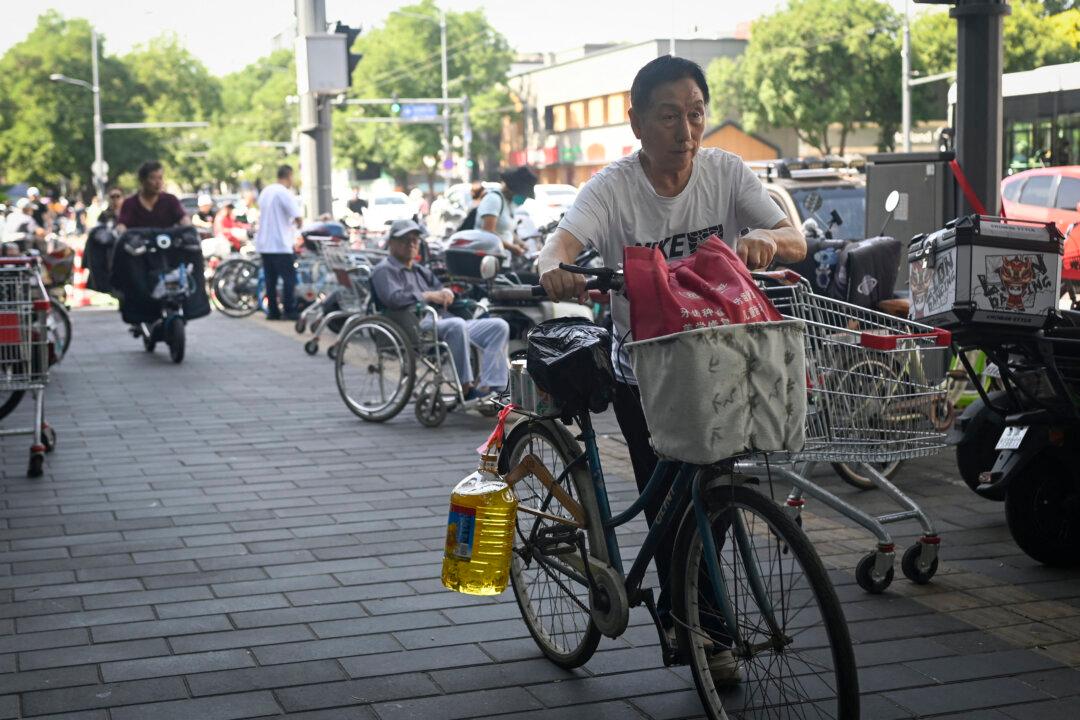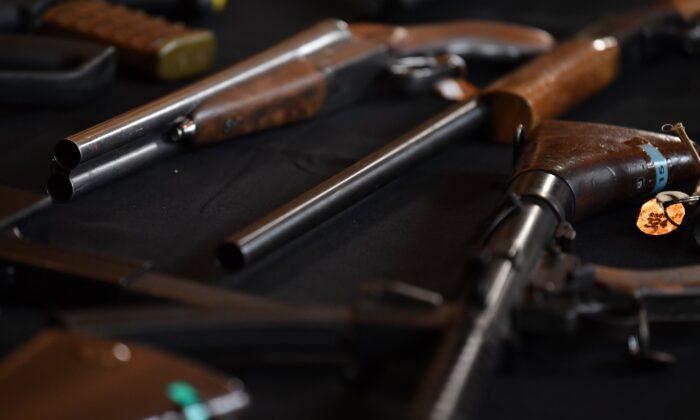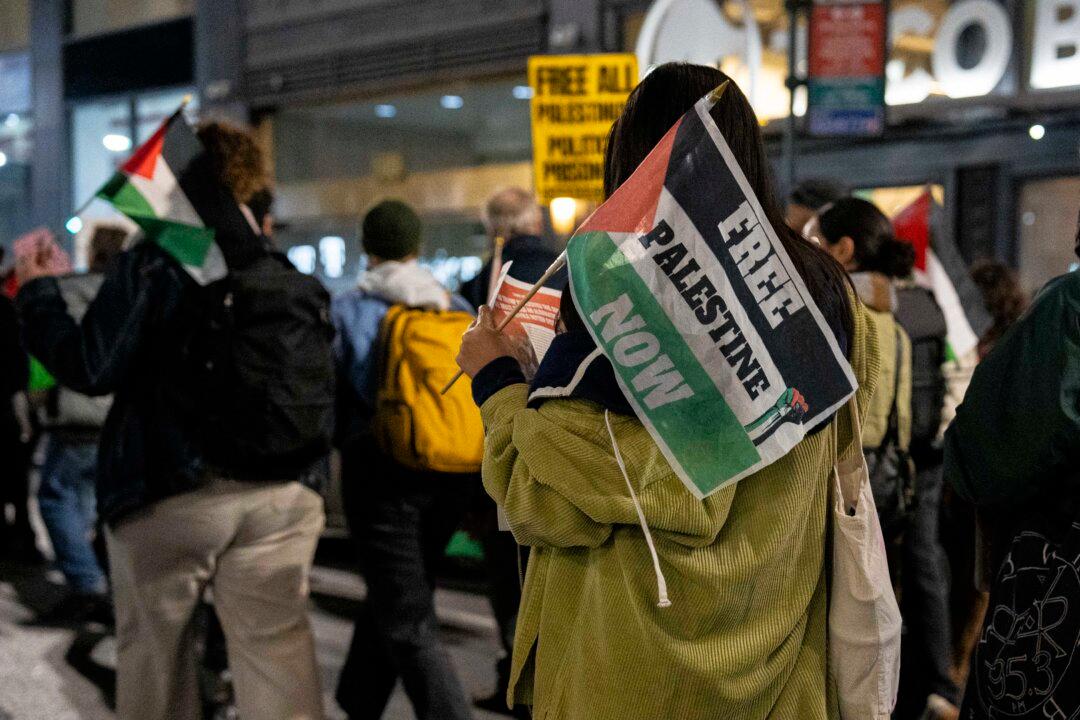A number of players took issue with Hancock Prospecting, the opinions of Gina Rinehart about climate change, and in particular, a statement Lang Hancock (Rinehart’s father) made in 1984 about sterilising and breeding out Aboriginal people.
The debacle cast a shadow over what should have been a celebration with the imminent debut of a player who would have been the first Indigenous member of the national team in 25 years and the third ever.
However, even that cause for celebration raised a serious question. If Wallam was only the third indigenous player on the national team ever, what is Australian Netball’s record on Aboriginal participation? The answer is not encouraging.
Discrimination in the Highest Level of Competition
Sharon Finnan-White, the second Indigenous member of the Diamonds, has alleged there is a bias against Aboriginal players and an allegedly racist culture that has prevented Indigenous players from rising up through the pathways for elite players.Finnan-Whites claims are supported by others, including Celeste Carnegie, an advocate for Aboriginal and Torres Strait Islanders’ digital inclusion.
“We are quick, we are strategic, and our innate ability to communicate non-verbally translates into the game seamlessly. Our style of play is different; it is unique and great to watch,” she said.
So why does this natural talent not seem to do them any favours for their endeavours in elite netball.
Carnegie alleged she had her own experiences of exclusion, discrimination and a lack of cultural understanding from Queensland netball and argued that “it is time for Netball Australia and the state netball bodies to take ownership and responsibility for their treatment and actions regarding the perpetuation of discrimination and racial prejudice towards Indigenous peoples.”
Perhaps this is illustrated in the case of Jemma Mi Mi.
As the only Indigenous player in the league, she was used as the poster girl to promote Super Netball’s Indigenous Round.

Twenty of its key organisations made a “declaration of commitment ... to break down the barriers that have prevented Aboriginal and Torres Strait Islander players, coaches, umpires, and administrators from flourishing in the sport.”
Such a commitment is laudable. But at the same time, it reflects a deep and persistent problem in the sport, which returns us to the beginning of this article.
Yes, in 1984, Lang Hancock said some things about Aboriginal people that people would find distasteful and repugnant. And yes, it would be good for the players to have an honest and respectful discussion about that history.
But it seems hypocritical to virtue signal considering Australian netball’s own dismal record on Indigenous participation.
The players, who are so willing to support one of their own, need to first scrutinise their own organisation.





